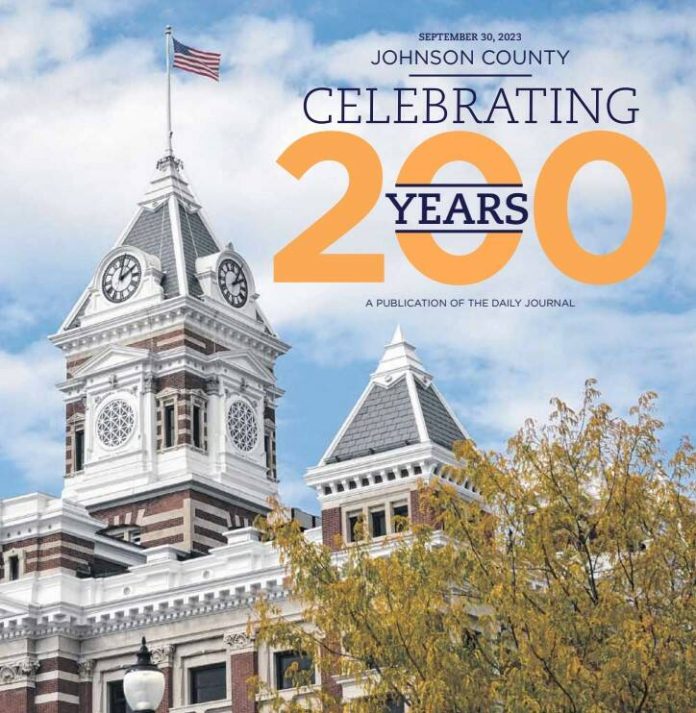Here are the answers to the quiz that ran on pages 4 and 5 in our special Bicentennial section from Sept. 30. How’d you do?
1. The Miami and Delaware tribes. There is evidence there may have been a village in the northwest corner of the county, near the White River.
2. Whetzel’s Trace. Pioneer Jacob Whetzel cut the road through the northern part of the county in 1818 to move goods from his home in Franklin County father west to the bluffs overlooking the White River. The road became the main passage through south-central Indiana and made it easier for people to move into the region.
3. William Merritt Chase. He was known as one of the leading teachers of painting at the end of the 19th century and founded the Chase School to teach others the impressionist style.
4. Trafalgar
5. Arch West, who graduated in 1936 and was working for Frito-Lay when he came up with the idea.
6. The IQ test. Known as the Stanford-Binet scale, it allowed educators to accurately determine which classes students should be in and help pave the way for educational psychology in the United States.
7. Company F of the Indiana 7th Regiment. The group gained fame, particularly for their bravery during the Battle of Port Republic, when a number of Johnson County soldiers recovered a valuable piece of artillery from the battlefield.
8. Camp Atterbury
9. Robert “Fuzzy” Vandivier
10. Harmon’s a soft-drink manufacturer that grew out of a soda fountain. It’s headquarters was south of downtown.
11. George Crowe.
12. Iliff “Cliff” Grass, who was a longtime member of the Gray Gordon Band. The band’s biggest hit record, “Blue in the Black of the Night,” featured Grass on alto saxophone and vocals. He later played with Guy Lombardo and his Royal Canadians.
13. Indiana Baptist Manual Labor Institute. The name was changed to Franklin College a few years later.
14.Paul V. McNutt, who was governor from 1933 to 1937, and Roger Branigin, who served from 1965 to 1969.
15. The Johnson County Courthouse. Built about 1880, architect George W. Bunting was given extra freedom with his design that most designers no long get and added the features that set it apart from other similar courthouses of the time. The ears of corn were a wink to the county’s architectural heritage.
16.Edinburgh, which was known for the production and processing of black walnut wood products.
17.The Willard Restaurant, which used to be the main hotel in downtown Franklin.
18. The Polk Canning Factory. The factory was famous for having produced 122,714 cans in one day, a record in the Midwest at the time.
19. The school was situated at the center of White River Township, set among a grove of maple trees.
20. 1825
21. Robert Wise
22. It’s located in the middle of a road.
23. Jon McGlocklin
24.Marjorie Main (or Mary Tomlinson)
25. Edinburgh





